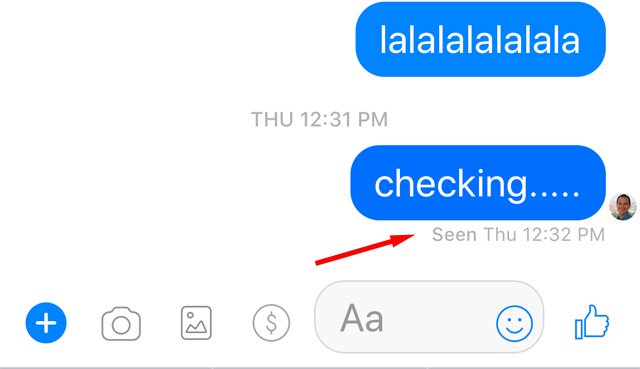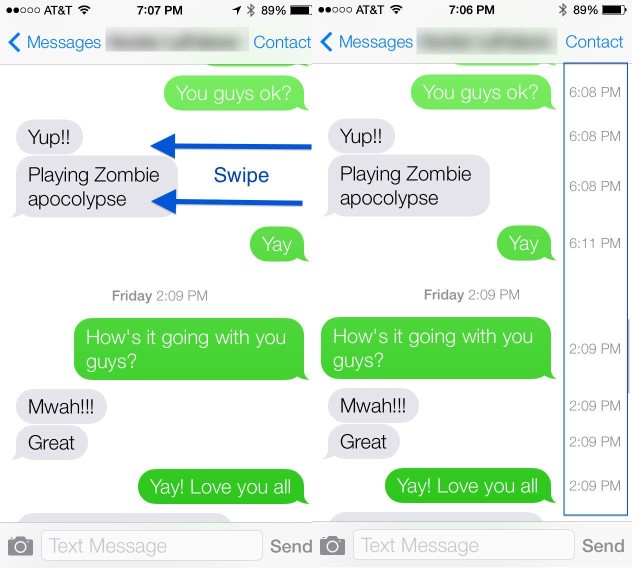Social translucence refers to the strategy of making social information visible within a digital system. This paper focuses on the differences between how vastly available and transparent social cues are in real life and how technological communication is much more opaque. The three key components of communication in our world are visibility, awareness, and visibility. The authors believe these are also the three key factors in improving social translucence online. The paper describes three approaches to making systems more visible: realist, mimetic, and abstract; specifically, they focused on the abstract approach.
The paper, in general, felt somewhat self contradictory to me. While it heavily promoted making digital social networking more like real life, it preferred abstract methods of reaching that goal. Though technically abstract, I felt that certain strategies employed, for example the proxy systems, were also realistic. Perhaps it is due to times having evolved, these features feel more realistic to me then to the authors at the time, since more abstract concepts have been created in online communication platforms.
It was shocking that this paper withstood the rapid growth of technological research. Even though it is almost two decades old, much of the concepts still stand today. For example, visibility is doubtlessly a key factor of not only online communication, but HCI models in general. Accountability is equally important and frequently mentioned in UI design and improvement of user experience. Though, current trends of online communication also seem to contradict this paper in that it actually takes advantage of the opacity of digital communication. For example, people enjoy the anonymity of online applications.
I was not surprised by how Babble, the artifact presented in the study, resembles many successful online communication tools nowadays. Certainly, it laid the foundation for many successful attributes of digital interactions. It was interesting to see which features are still used today, which have retired, and which were improved upon. For example, most timestamps remain prevalent, but are often hidden until the user chooses to view it, while the key ones are constantly visible; this can be seen in IOS text messages or Facebook Messenger. The only major exclusion is the proxy system; I cannot recall many applications using this. Google Docs show the members who are online and the location in the text where each person is editing. Many instant messengers will display online status or time offline. This is about the extent of the remains of the proxy systems. I feel that the evolution is due to people heavily valuing privacy over visibility.
Much of the paper reminded me of Discord. For example, the search system is heavily present in Discord. The concept of having to be in the community to view the entire history of chats is still in effect. The activity of users in a server can also be visible, if the user chooses to display it. I wonder if it is due to Discord being more geared toward gamers and developers that much of privacy concerns that popular platforms use are disregarded.

